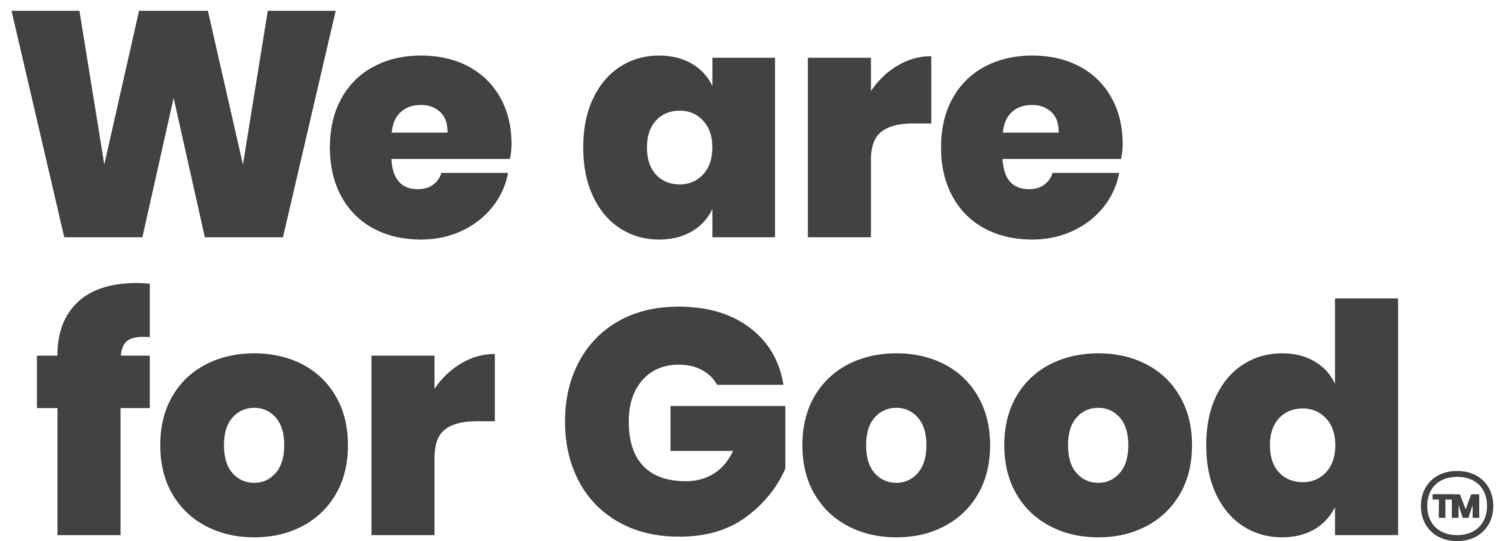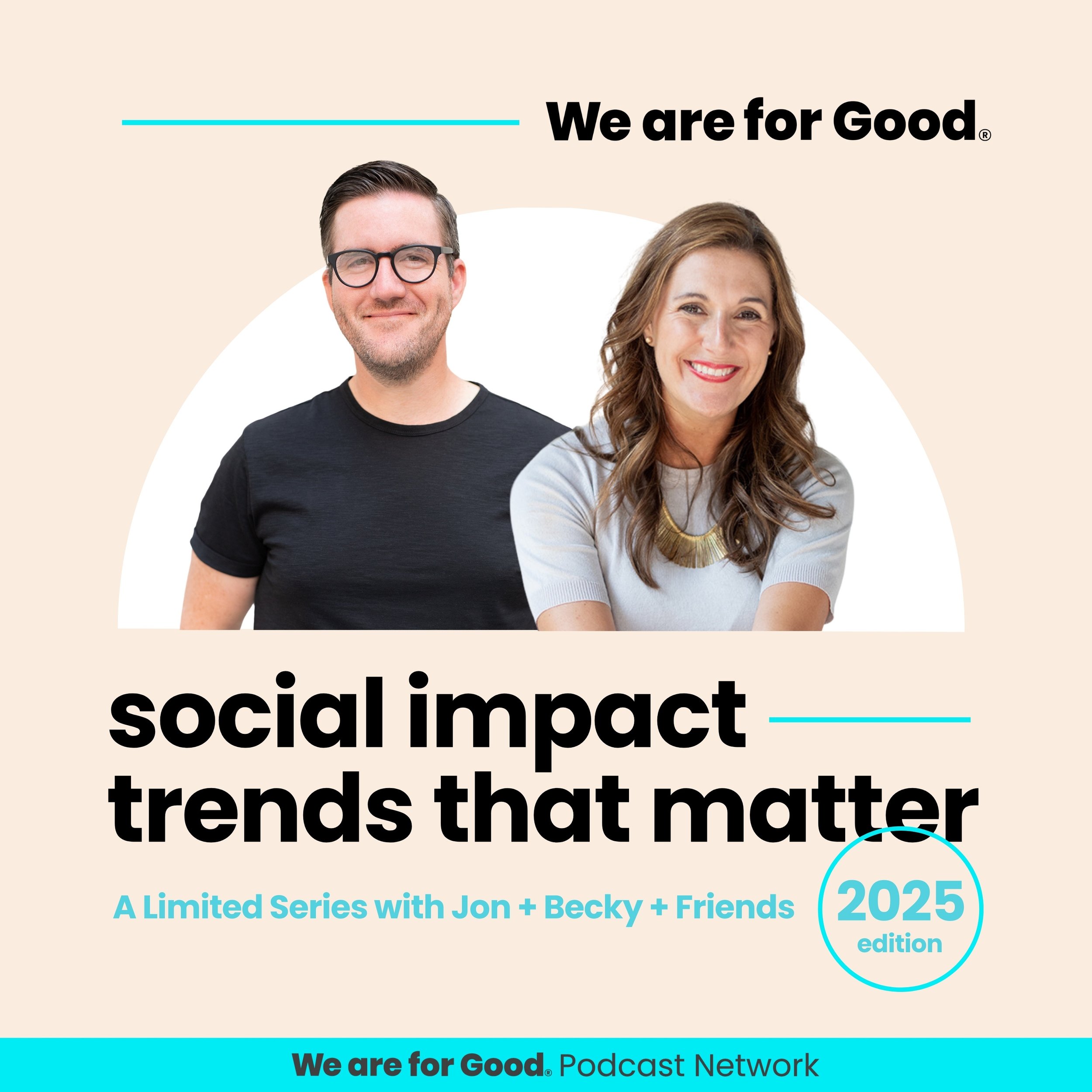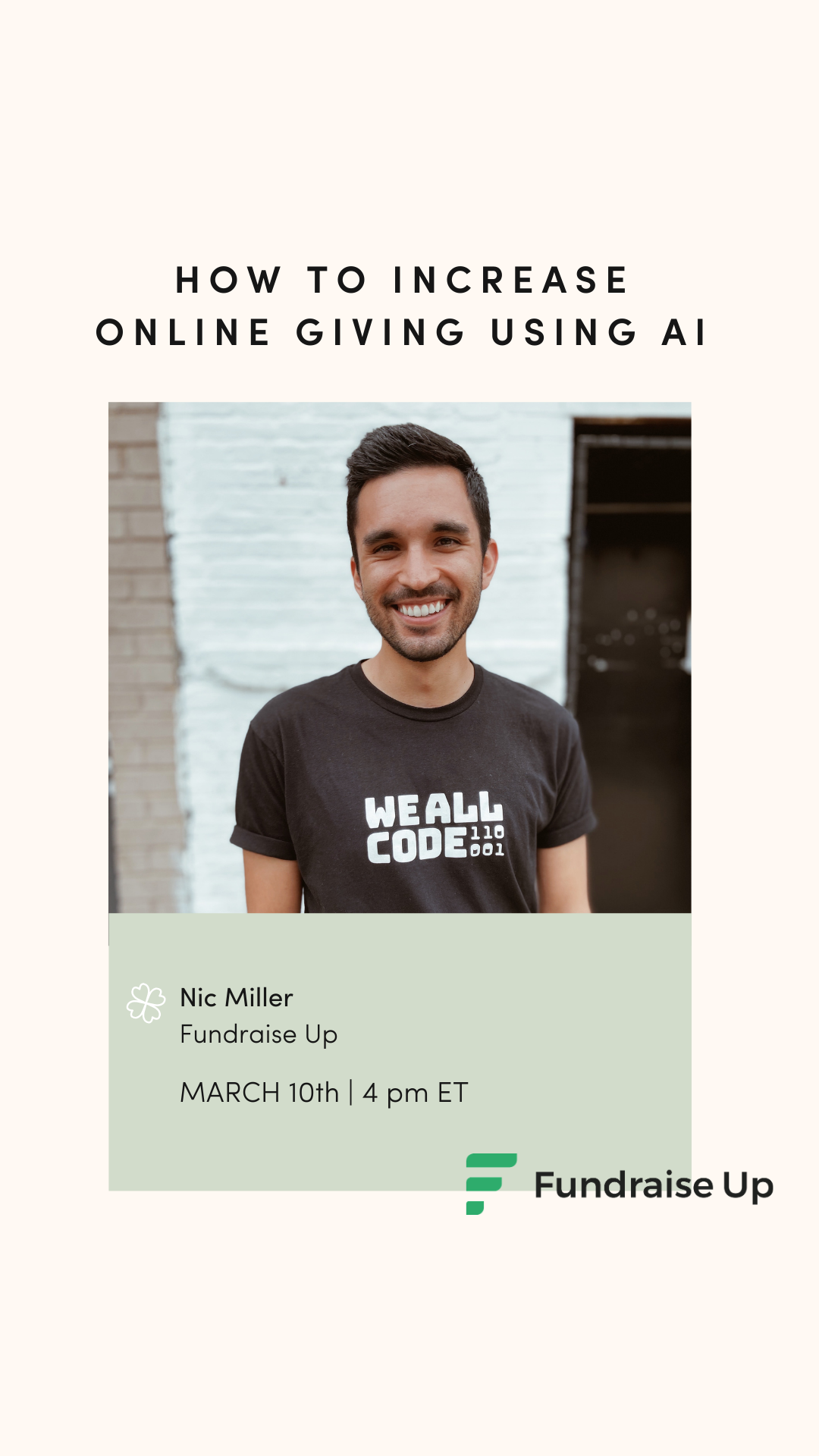83. Making Your Website Irresistible to Donors and Raise More Money (Pt. 1) - Jonathan McCoy, CFRE and Becky Endicott, CFRE
Listen to this episode
Overview
Our websites are the front door of our organizations, but how much effort and time are we spending optimizing them for our donors to fall more in love with our mission and make a gift? In today's world - you can't afford not to make your website irresistible to your donors.
Over the next two weeks we are walking you through 10 quick steps to take your website from 'wah-wah-wah' to 'WOW!' and set you up to raise more money online. Spoiler: it’s not rocket science. But little shifts can make a big difference. Even better, we’re going to unpack this course alongside our buddy Dana Snyder at Positive Equation in a FREE online challenge next month, so tune in for details and scroll down to the Freebies section for all the links!
“Your digital voice will set the tone for how your audience experiences your mission, how they perceive your mission, and how they perceive you. This is the time to define what your voice is.”
Episode Overview
Your website is the heart of your organization and center of your digital brand (2:00)
Get laser clear with what you’re asking people to do on your website (3:00)
5 tips to begin optimizing your website (5:30)
Join the March Challenge with Positive Equation, Fundraise Up, and our team!
Powerful quotes
“We want to talk about your front door today - your website.” -Jon
“When you think about who you are in the digital space, your website is the center of your digital brand.” -Becky
“You don’t have to be in nonprofit to get a lot out of this. Anyone can have a website.” -Becky
“You only have a limited number of characters, and people won’t read every word on your website. Be human, be raw, but be brief.” -Jon
Jon & Becky’s Key Steps to Optimize Your Website
1. Goal Setting is Key
This creates a north star of clarity. When updating your website, start with your goals. What are you trying to accomplish? You want to make giving as easy as possible, but also think outside of that. The majority of people coming to your website may just be getting to know you. Another goal could be changing the number of people who visit your website. It could also be trying to grow your list of people. No matter what you are doing, who is on your email list and how engaged are they? Your social media following, as awesome as it is, could one day disappear. You have to get the email addresses so you have a direct line relationship to your people.
2. Know Your Numbers
If you aren’t taking time to study data, how are you setting your goals? What is your web traffic? How much money did you raise online? Where are people coming from? How much time do people spend on your site? What are your bounce rates? Once you have an understanding, it will help you with your goal setting.
Tip: utilize Google Analytics (just keep it basic! If you know the basic data, that alone will help you learn how to optimize)
3. Simplify and Clarify Your Site
This is “staging your house”. When someone lands on your site, can the donor personally imagine being called to your mission? If you are always talking about the things “you” are doing, and leaving your donor out of it, invite them into it. They need to see how they can plug in and make an impact. How many clicks does it understand what your mission is? Remove the clutter that is getting in the way of this message. What is your main goal you’re trying to accomplish? Get super clear with that.
4. Start With Your Call to Action
We want to create urgency, and we want to point someone to a very specific place to do a very specific thing. Websites can be very overwhelming when you don’t know much about the organization. While your mission could be massive in scale, probably does have a very simple, concrete theme. That is what needs to be on the front of your website along with the call to action you want them to do.
Tip: Utilize landing pages! These remove every distraction, and there is one goal. Point people directly to landing pages and you will see a lift in your conversion.
5. Choose the Right Words
Your digital voice will set the tone for how your audience experiences your mission, how they perceive your mission, and how they perceive you. This is the time to define what your voice is. We talk so much about style guides, but people need to start having a style guide for the voice. This can be whimsy and nuanced. Put to bed the corporate robot voice. Warm it up and be a human being, use adjectives, and speak simply. Remember, people give to people. Try not to overwrite. You only have a limited number of characters, and people won’t read every word on your website. Be human, be raw, but be brief.
Join the Challenge!
Want to increase your online donations?
Join our FREE March Challenge - Fill Your Pot of Gold to refine your online donation process and build a system for success. 🍀
4 weeks, 3 expert speakers & lots of gold at the end of the rainbow! 🌈
Join the Good Community!
The We are for good community
This is a safe place for deeper conversations. While we love this podcast, it is a very one-sided dialogue. It is great for starting conversations, but not continuing them. You can find friends, colleagues, and others to champion alongside. We believe community is everything and we wanted to create a place where people could learn and thrive and grow together (and also have a whole lot of fun).


















